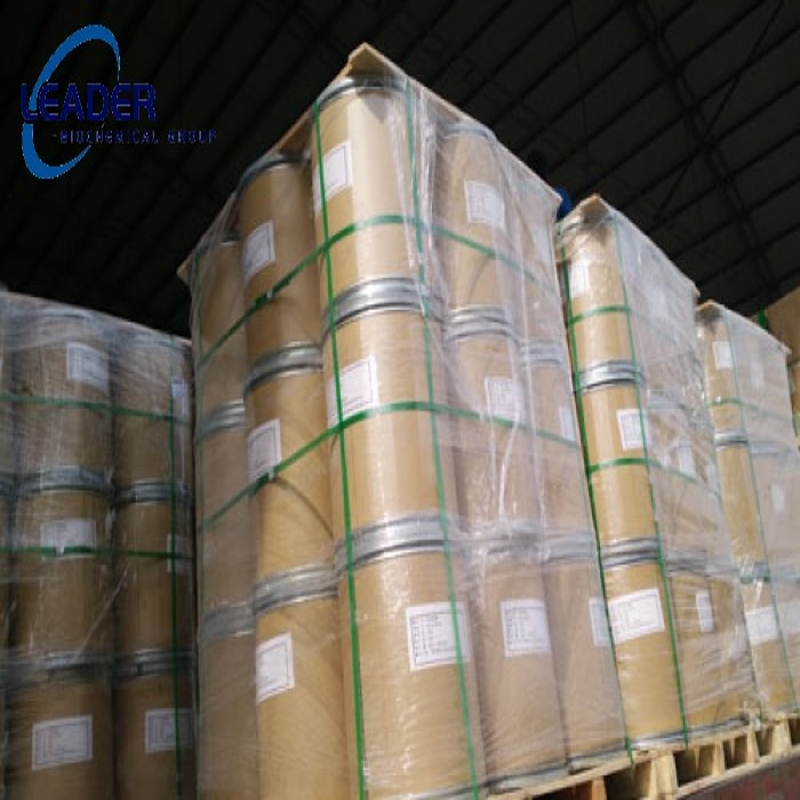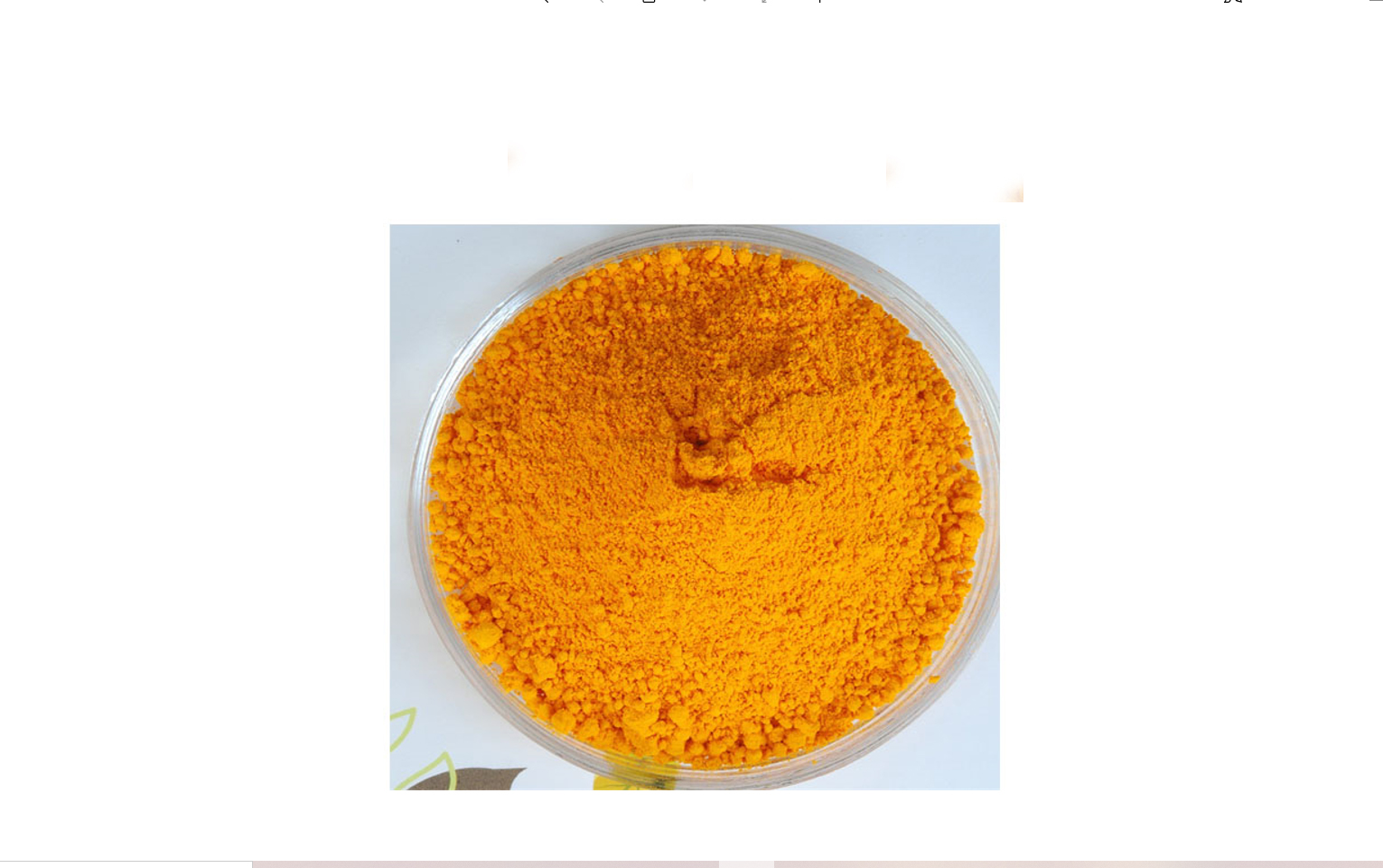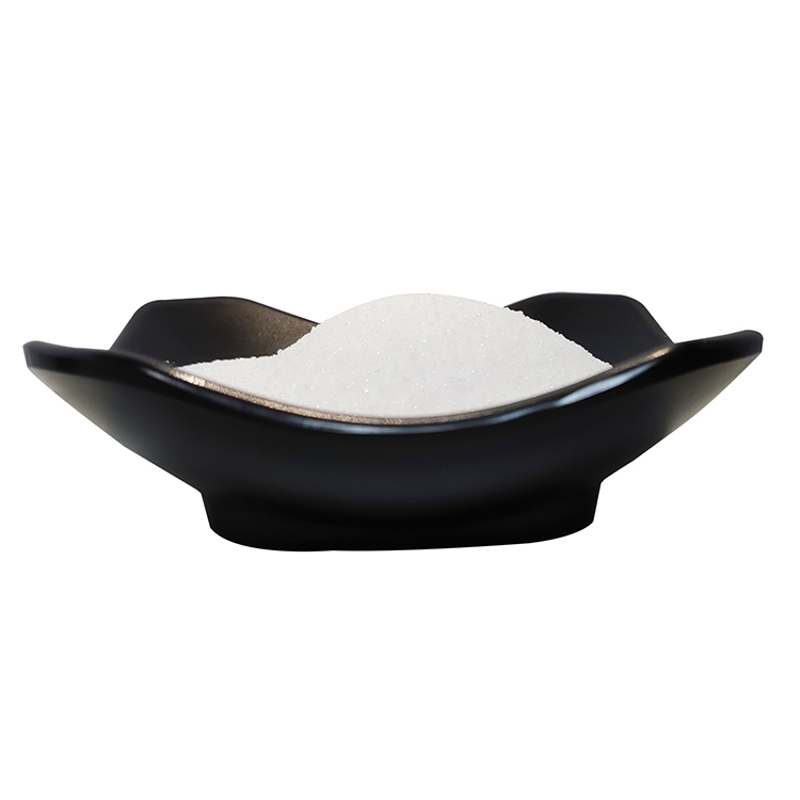-
Categories
-
Pharmaceutical Intermediates
-
Active Pharmaceutical Ingredients
-
Food Additives
- Industrial Coatings
- Agrochemicals
- Dyes and Pigments
- Surfactant
- Flavors and Fragrances
- Chemical Reagents
- Catalyst and Auxiliary
- Natural Products
- Inorganic Chemistry
-
Organic Chemistry
-
Biochemical Engineering
- Analytical Chemistry
-
Cosmetic Ingredient
- Water Treatment Chemical
-
Pharmaceutical Intermediates
Promotion
ECHEMI Mall
Wholesale
Weekly Price
Exhibition
News
-
Trade Service
In the army of calcium supplementation, middle-aged and elderly friends are a group that will never be left behind, and calcium supplementation and fracture prevention are the concepts
that many middle-aged and elderly friends have adhered to for many years.
However, the vast majority of middle-aged and elderly friends do not know that the nutrients that really help prevent falling, fractures, and disability are not calcium, but protein
.
Insufficient protein intake affects muscle synthesis
Increases the risk of fractures in older adults
We first need to know a few knowledge points: first, our body's muscles are mainly made of protein; Second, the body's muscle mass decreases with age, starting from around the age of 30, our muscle mass decreases by an average of 3%-8% every 10 years; From around the age of 50, our muscle mass decreases by an average of 5%-10% every 10 years, which is equivalent to a loss of 400 grams per year; Third, with age, the decrease in muscle content and the increase in body fat rate occur simultaneously, and the decrease in muscle content will affect our metabolic rate, in other words, it is easier to gain weight; Fourth, along with the decrease in muscle mass, the strength of skeletal muscles is also reduced
.
Insufficient protein intake or poor absorption leads to insufficient protein to effectively "stay", which can affect muscle synthesis
.
Muscles, on the other hand, are important "organs"
that help our body maintain stability and coordination.
When the muscle mass is small and the muscle strength is weak, once it encounters a bump, it is easy to increase the risk of falling due to insufficient muscle support or poor coordination and balance, which will lead to fall injury
.
If there is just a lack of bone mineral density (known as osteoporosis), the risk of fracture is high
.
Therefore, no matter how much calcium is supplemented, if the elderly have poor protein nutrition and weak muscle mass and strength, "bone safety" will be like walking on thin ice, just like not wearing a hard hat at a construction site or riding a motorcycle without a helmet
.
Some older people with severe muscle decay can even be diagnosed with "sarcopenia," a condition that increases the risk of
falling, disability, and even death.
Protein requirements for the elderly
On the contrary, there are more than young people
Unlike young people, older people have less efficient protein synthesis and need more protein than younger people for muscle fiber synthesis
.
Thus, older people over 65 years of age without sarcopenia need on average 0.
2 grams more protein per kilogram of body weight than younger people, i.
e.
1.
0-1.
2 g/kg body weight
.
For example, the same 60 kilograms of old people need 12 grams more protein per day than young people, which is equivalent to more than one or two lean meat or more than 300 milliliters of milk
.
Elderly people over 65 years old with sarcopenia need 0.
2-0.
3 grams more protein per kilogram of body weight than those without sarcopenia, that is, 1.
2-1.
3 grams / kg body weight
.
Of course, in daily life, as a non-professional mass, it is impossible to take a calculator every day to add, subtract or subtract the amount
of protein in food.
Therefore, we only need to roughly understand how many "compliant" high-protein foods the elders in the family need to eat a day
.
Leads to protein nutrition in the elderly
What are the reasons for the poor condition?
1.
Functional degradation caused by aging
With the increase of age, many elderly people have different degrees of tooth defects, reduced secretion of digestive juices, weakened gastrointestinal peristalsis, and reduced
digestion and absorption capacity.
2.
Dietary contraindications caused by chronic diseases
Chronic diseases such as diabetes, cardiovascular disease, chronic gastritis, heart failure, COPD, chronic kidney disease, etc.
, will make many elderly people dare not eat or eat protein-rich meat, eggs, fish and shrimp foods, and such foods are often the best choice
for supplementing protein.
Many elderly people even eat a vegan diet, thinking that this is conducive to preventing or reducing the occurrence of cardiovascular disease, and the intake of soy products in the diet is also insufficient
.
In fact, diseases such as diabetes, metabolic syndrome, and thyroid dysfunction themselves can lead to muscle loss
.
3.
Lack of proper nutritional knowledge
Health care products have always been aimed at the elderly group
.
Many elderly people spend a lot of money to buy various supplements, not to mention whether these supplements are formal, reliable and safe, in terms of nutritional content alone, the vast majority do not contain protein or have very low
content.
Although some products claim to be rich in protein, it is not difficult to find from the nutrition facts list on the outer packaging that some are really "not worthy of the name"
.
4.
Poor lifestyle
Many older people have problems with insufficient physical activity, especially resistance exercise that involves muscle building
.
Long-term alcohol consumption and/or smoking
.
Long-term alcohol intake can lead to atrophy of muscle type II fiber, while cigarettes reduce protein synthesis and accelerate protein degradation
.
The notion of not daring to eat meat is wrong
Elderly people need to consume a certain amount of lean meat every day
The elderly are affected by the aforementioned physiological and disease factors, and the intake of animal foods is often insufficient, which is the main reason
for the insufficient dietary protein intake of middle-aged and elderly people.
Many elderly people still have a tendency to "emphasize medical treatment and light nutrition", and do not know that prevention is the basis of
health.
We need to first introduce the sources of protein in our diet, which are mainly divided into two categories:
The first is animal food, including eggs, milk, poultry meat, fish, shrimp and shellfish
.
The overall absorption and utilization rate is higher than that of plant proteins, especially eggs and milk, so it is classified as "high-quality protein"
.
The second category is plant food, mainly from grains (such as rice, white noodles, mixed cereals, etc.
), beans (such as soybeans, tofu, dried tofu, soy milk, mixed beans, etc
.
).
Among them, protein from soy food/food is the highest absorption and utilization rate of plant protein, and it is also the only high-quality protein in plant protein), nuts; Vegetables and fruits will also provide a little protein, the content is not so high and the absorption and utilization rate is very average
.
According to the four core recommendations of the general elderly (65-79 years old) in the "Dietary Guidelines for Chinese Residents 2022 Edition", the first of which advocates that the elderly should "have a rich variety of food, sufficient animal food, and often eat soy products"
.
The total intake of animal foods should reach an average of 120-150 grams per day, and different kinds of animal foods
should be selected.
Each meal should have a certain amount of animal food, when eating livestock and poultry meat, try to choose lean meat, less fat meat
.
40-50 grams of fish per day, 40-50 grams of livestock and poultry per day, 40-50 grams of eggs per day
.
In addition, the recommended intake of milk and products is 300-400 ml
per day.
Encourage older adults to eat more dark vegetables
To buy nutritional supplements, you should go to the nutrition department of a large hospital
In addition to protein, encourage elders to eat more dark vegetables, fruits, and legumes
.
The reason is that these foods are rich in antioxidant nutrients such as vitamins C, E, carotenoids, and selenium, which can reduce muscle damage
caused by oxidative stress.
For elders with more missing teeth or diseases such as chronic atrophic gastritis that affect food selection, food intake, nutrient digestion and absorption, in addition to processing food as fine and soft as possible to reduce chewing and digestive burden, dietary supplements can also make up for the lack
of dietary intake.
You can go to the nutrition department of a large hospital and follow the advice of a dietitian or clinical dietitian to reasonably choose such as formula foods for special medical purposes, protein powder, etc.
as a supplement
to meals.
It should also be emphasized that diet is only half of maintaining muscle, and lifestyle including exercise is the other half
.
The vast majority of elderly friends over the age of 65 around us need to adjust their lifestyle, should reduce sedentary time, and increase various forms of physical activity
including aerobic, resistance, flexibility, and comprehensive function exercises.
For example: swimming, tai chi, yoga, aerobics, running in place, tai chi soft ball, table tennis, badminton, elastic band exercises, brisk walking that can speed up respiratory rate + slightly sweating, and exercises of moderate intensity covering pushing/pulling/dragging/lifting/pressing (such as standing pushing the wall, standing heel lifting, climbing stairs, lying flat and pedaling, sitting pressing, hand washing clothes, etc.
).
In summary, in order to combat the loss of muscle mass that accompanies age, two points need to be guaranteed: adequate dietary protein intake + reasonable muscle building exercise
.
Text/Liu Suiqian (science popularization worker, clinical dietitian, member of Chinese Nutrition Society).
Related articles







